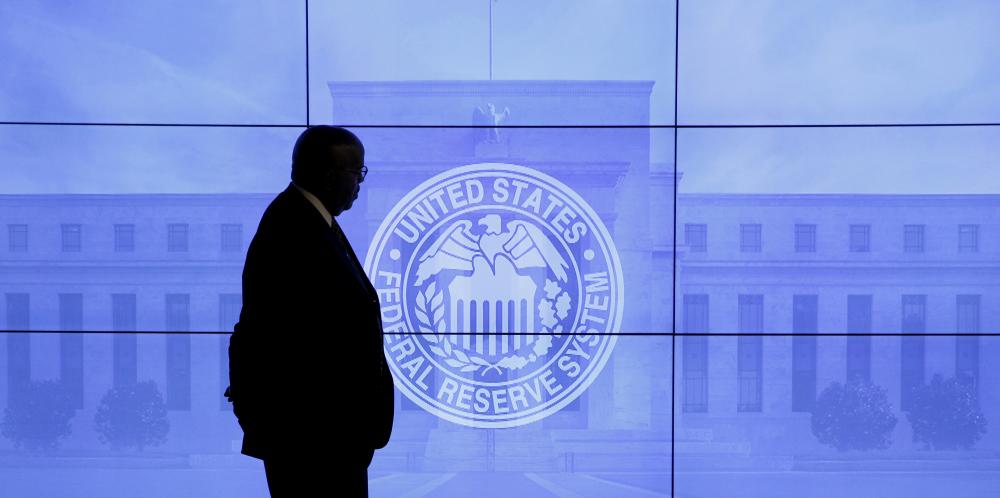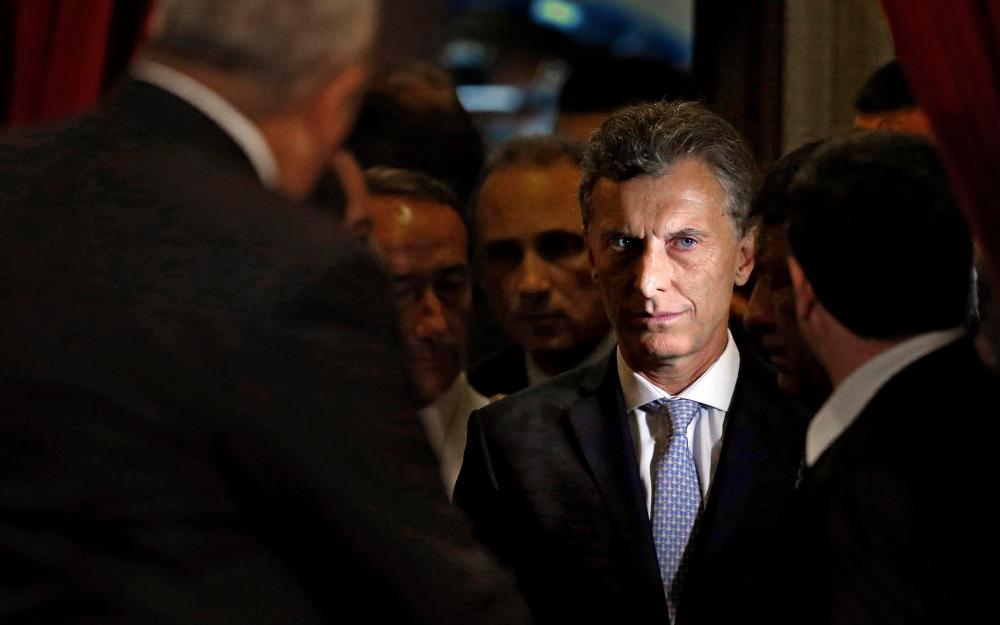


The Brookings Papers on Economic Activity (BPEA) is an academic journal published twice a year by the Economic Studies program at Brookings. Each edition of the journal includes five or six new papers on macroeconomic topics currently impacting public policy.
Below you’ll find six new papers submitted to the Fall 2019 journal and presented at Brookings on September 5-6. The papers include a look at the potential financial impact of progressive wealth taxation, the results of the ACA Medicaid expansion on hospital utilization, policy options to increase the college graduation rate, and much more.
The final versions of each paper will be published later this year. Sign up here to learn more about subscribing to the journal to read the final papers. Visit the BPEA search page or the best of BPEA to browse research presented at past conferences from 1970 to present.
Craig Garthwaite, John Graves, Tal Gross, Zeynal Karaca, Victoria Marone, and Matthew J. Notowidigdo study the effect of the Affordable Care Act Medicaid expansion on hospital services, with a focus on the geographic variations of its impact, finding that it increased Medicaid visits, decreased uninsured visits, and lead the uninsured to consume more hospital services overall— primarily through outpatient visits to the ED for deferrable conditions. Notably, the authors found significant heterogeneity across Medicaid-expansion states with some experiencing large changes in utilization and others seeing little change.
Christopher Avery, Jessica Howell, Matea Pender, and Bruce Sacerdote, analyze state policies to increase four-year college completion rates, concluding that increased spending at all public colleges and targeted elimination of tuition and fees at four-year public colleges for income-eligible students are the most cost-effective options, while free community college is the least effective—finding it actually reduces four-year degree completion rates and provides the least benefit to low-income students.

Craig Garthwaite, John Graves, Tal Gross, Zeynal Karaca, Victoria Marone, Matthew J. Notowidigdo
September 5, 2019
Christopher Avery, Jessica Howell, Matea Pender, and Bruce Sacerdote, analyze state policies to increase four-year college completion rates, concluding that increased spending at all public colleges and targeted elimination of tuition and fees at four-year public colleges for income-eligible students are the most cost-effective options, while free community college is the least effective—finding it actually reduces four-year degree completion rates and provides the least benefit to low-income students.
Philippe Andrade, Jordi Galí, Hervé Le Bihan, and Julien Matheron study how changes in the steady-state natural interest rate affect the optimal inflation target, finding that starting from pre-crisis values, a 1 percentage point decline in the natural rate should be accommodated by an increase in the optimal inflation target of about 0.9 to 1 percentage point.

Christopher Avery, Jessica Howell, Matea Pender, Bruce Sacerdote
September 5, 2019
Philippe Andrade, Jordi Galí, Hervé Le Bihan, and Julien Matheron study how changes in the steady-state natural interest rate affect the optimal inflation target, finding that starting from pre-crisis values, a 1 percentage point decline in the natural rate should be accommodated by an increase in the optimal inflation target of about 0.9 to 1 percentage point.
Kristin Forbes explores whether growing globalization has played a role in inflation over the last decade, finding that its role in determining CPI inflation dynamics has increased since the financial crisis. Forbes argues that a better treatment of globalization in inflation models will help improve forecasts and could help explain the growing wedge between profits and the labor share. Overall, however, while CPI inflation is increasingly “determined abroad”, core and wage inflation is still largely a domestic process.

Philippe Andrade, Jordi Galí, Hervé Le Bihan, Julien Matheron
September 5, 2019
Kristin Forbes explores whether growing globalization has played a role in inflation over the last decade, finding that its role in determining CPI inflation dynamics has increased since the financial crisis. Forbes argues that a better treatment of globalization in inflation models will help improve forecasts and could help explain the growing wedge between profits and the labor share. Overall, however, while CPI inflation is increasingly “determined abroad”, core and wage inflation is still largely a domestic process.
Federico Sturzenegger reviews the various macroeconomic stabilization programs implemented under the Macri presidency, seeking to shed light on what went wrong and what monetary and fiscal policy lessons can be learned from the experience in Argentina.

Kristin J. Forbes
September 5, 2019
Federico Sturzenegger reviews the various macroeconomic stabilization programs implemented under the Macri presidency, seeking to shed light on what went wrong and what monetary and fiscal policy lessons can be learned from the experience in Argentina.
Emmanuel Saez and Gabriel Zucman present the key elements needed to successfully implement a progressive wealth tax in the United States. They estimate the wealth tax base is between 9 and 13 trillion dollars for a wealth tax applied to the 0.1% richest families, depending on the wealth measurement used. Using a new model of wealth taxation of billionaires to illustrate the long-run effects of wealth taxation on top fortunes, they find that a moderate wealth tax in place since 1982, with a 3% marginal tax rate above $1 billion, would have reduced the total share of wealth owned in 2018 by the 400 richest Americans from about 3.5% to about 2%. A more radical wealth tax, with a 10% marginal tax rate above $1 billion, would have reduced this share further to about 1%.

Federico Sturzenegger
September 5, 2019
Emmanuel Saez and Gabriel Zucman present the key elements needed to successfully implement a progressive wealth tax in the United States. They estimate the wealth tax base is between 9 and 13 trillion dollars for a wealth tax applied to the 0.1% richest families, depending on the wealth measurement used. Using a new model of wealth taxation of billionaires to illustrate the long-run effects of wealth taxation on top fortunes, they find that a moderate wealth tax in place since 1982, with a 3% marginal tax rate above $1 billion, would have reduced the total share of wealth owned in 2018 by the 400 richest Americans from about 3.5% to about 2%. A more radical wealth tax, with a 10% marginal tax rate above $1 billion, would have reduced this share further to about 1%.

Emmanuel Saez, Gabriel Zucman
September 5, 2019